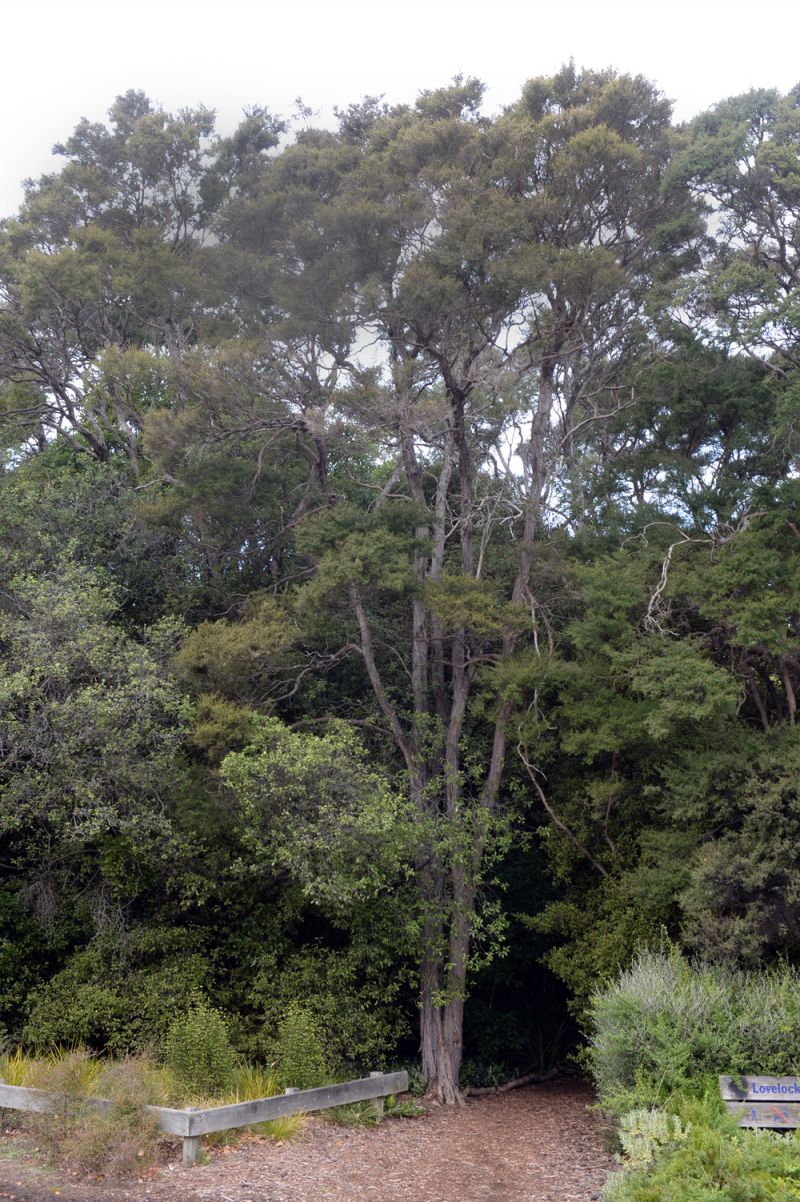Local Implications of National Problem
This article was first published on 25 May 2017.

Lovelock Avenue entrance
Photo by the Otago Daily Times
Myrtle rust being in the news brings focus to why the Myrtaceae family matters locally. Members of this family form distinctive parts of native forest and garden alike. Well known plants include natives such as manuka, as well as exotic plants such as eucalyptus.
In many parts of Dunedin, the Botanic Garden included, native forest has a canopy of kanuka, regrowth from clearance or fire in the 1800s. The silhouette of these trees on our skyline is distinctive and striking. Kanuka also has a practical role as a nursery that protects young seedlings growing up to form future native forest.
Another Myrtaceae grows as a vine within local forests - throughout the town belt the summer flowering of white rata, Metrosideros diffusa, can be seen from the flat land of the university area. There are two more local myrtles or rōhutu: Lophomyrtus obcordata with its small heart shaped leaves and a trunk smooth from flaking bark and Neomyrtus pedunculata has pale green leaves and orange berries.
Popular plantings around Dunedin include rātā, pōhutukawa and exotics such as bottlebrush. These usually all have distinctive red flowers and have become part of our landscape.
Dunedin Botanic Garden is being careful to keep myrtle rust out of Dunedin by being vigilant with plant purchases and staff travel.
We're part of a wider network and negotiations are underway about how else we can help.
The Garden’s plant collections are being monitored and a plan prepared for potential options, under the umbrella of Ministry for Primary Industries.
Garden Life is produced by Dunedin Botanic Garden. For further information contact Tom Myers.


